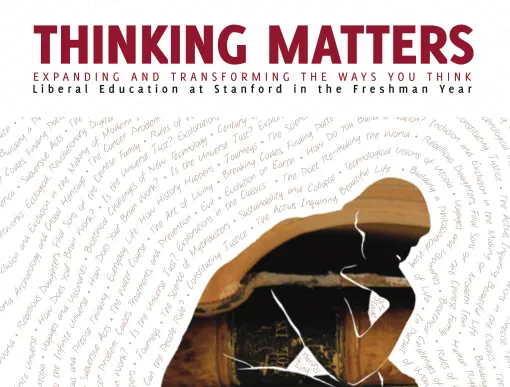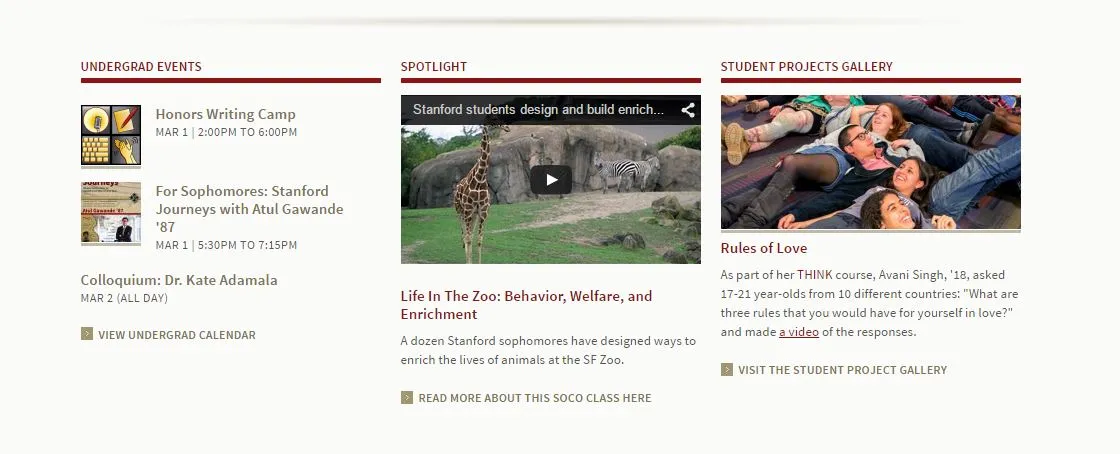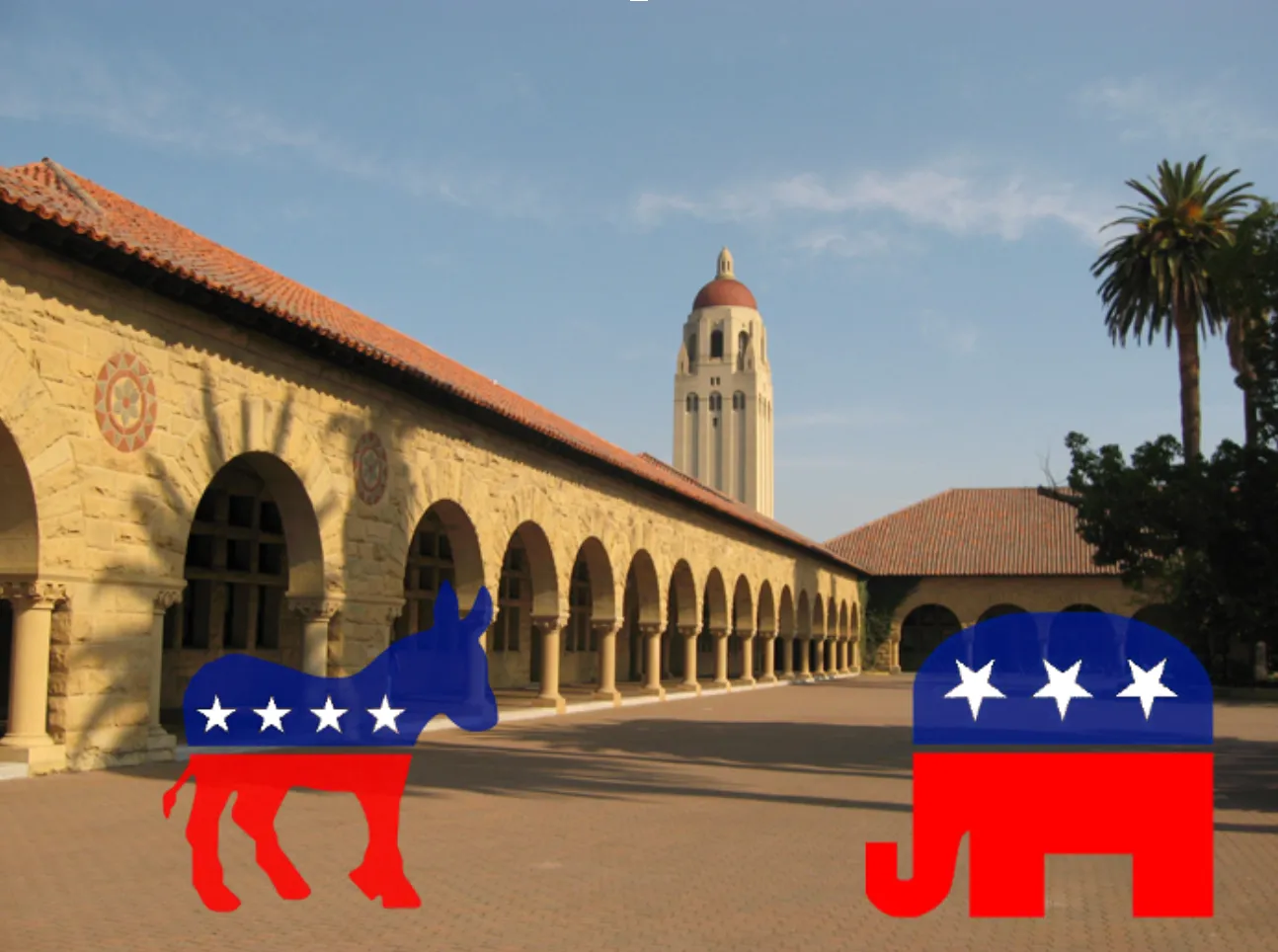Table of Contents
Strengthening student exposure to the humanities will increase an already-high return on the investment of a Stanford education.
Former U.S. Secretary of Education under President Reagan, William Bennett, recently published his book Is College Worth It? The book reignites the controversy surrounding the benefits of higher education in an era of rising college costs and a $1 trillion student debt, what many conservatives are calling the “bubble” of higher education. In particular, Bennett argues that only 150 out of America’s 3,500 colleges and universities seem to exhibit “positive returns on investment,” with Stanford University making it to No.4 on this narrow list.
But what exactly constitutes a “positive return” to a Stanford education? Large salaries? Higher chances of snagging prominent positions in academia? Higher rates of success for entrepreneurial ventures? An extensive alumni network?
Indeed, Stanford possesses all of the above. According to PayScale, the average starting and mid-career salaries of a Stanford graduate are $58,200 and $114,000, respectively. The Farm also boasts 19 living Nobel laureates, in addition to the numerous faculty members who are renowned throughout the world. With a $17 billion endowment, an excellent athletic program, beautiful California weather, and students who simultaneously inspire and challenge each other, Stanford is undoubtedly an excellent institution.
Yet threatening—or perhaps more conservatively, undermining—the value of a Stanford education is the declining quality of the required liberal arts courses, specifically among the humanities. What started out in the early 20th century as a popular yearlong required course entitled Western Civilization (“Western Civ”) has undergone several transformations beginning in the 1960s, leaving what is now a one-quarter, toe-in-the-water exposure to the deeper ocean of philosophical, historical, and literary inquiry. The program, entitled “Thinking Matters,” is supposed to be an improvement to the unpopular Introduction to the Humanities (IHUM) requirement, which remained in effect from 1997 to 2012.
Admittedly a bit cheesy, the very name “Thinking Matters” hints at precisely the problem confronting a university which, in popular culture, has become synonymous with Silicon Valley. More specifically, at an educational institution whose comparative advantage lies among the STEM fields, it is tempting to view the humanities’ lack of popularity as inevitable and the requirement of humanities courses as a ridiculous imposition among freshmen aspiring to become engineers and computer scientists. Ironically, in the very process of learning how to build or how to code, it becomes easier to forget that thinking indeed *does *matter.
This is unfortunate, particularly because greater exposure to the humanities can actually improve future employment prospects. A survey conducted among 318 employers by the Association of American Colleges and Universities released in April reveal that “more than nine in ten of those surveyed say it is important that those they hire demonstrate ethical judgment and integrity; intercultural skills; and the capacity for continued learning.” Furthermore, more than 75% of respondents “want colleges to place more emphasis on helping students develop…critical thinking, complex problem-solving, written and oral communication, and applied knowledge in real-world settings.”
All of the above are skills developed in the study of the humanities, without which would be difficult to realize long-term career success. Yet more than just professional prestige is at stake with insufficient exposure to the humanities. The ability for Stanford graduates to acquire the values that define a free society—the immeasurable though substantial returns to a Stanford degree—are undermined with the cursory study of the ideas and principles that have shaped the Western world.
How so?
Take the concept of freedom, for example. A beloved American ideal, freedom nevertheless transcends national or political lines. Our university motto is “the winds of freedom blow.” But what is freedom? How can *I *be free? What does freedom in society look like? What freedoms do *I *have in my home, my community, my country? What does freedom in my professional field**look like? Do I value freedom? Do I even believe in freedom?
Individuals with strong convictions in their answers to these “fuzzy” questions have altered the course of history, from Dr. Martin Luther King, Jr., who ended his famous “I Have a Dream” speech calling for freedom to ring from every corner of the United States, to Ronald Reagan, who recognized that “no arsenal…is so formidable as the will and moral courage of free men and women.”
But these are precisely questions which an elite university like Stanford should pose to its students. As University President John Hennessy states on the University website, “We can’t predict, but we can ensure that our students will be the most knowledgeable of leaders, that they will make a difference and that they will creatively and skillfully guide the next century of progress and excellence.” We should not only possess the technical knowledge, the social network, or the brand-name diploma in order to make a difference. We should have a clear understanding of why we need to make a difference.
But it will not necessarily be effective to just expand the number of required humanities courses. Quality must first and foremost improve, with a stronger curricular emphasis on establishing connections between students and the works being studied. We should be presented with the very literary masterpieces and philosophical ideas that have not just shaped society, but *our *society. And we should be encouraged to ask ourselves just how our roles as economists, politicians, computer scientists, engineers, writers, athletes, and even just as students contribute to the vibrancy of our homes, communities, our countries, our world.
That would be the most positive return on the investment of a Stanford education.








